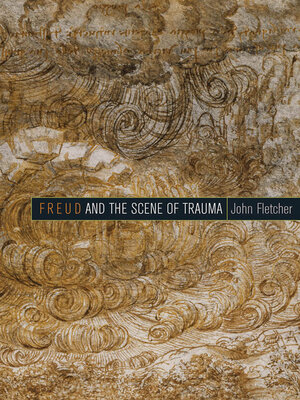
Sign up to save your library
With an OverDrive account, you can save your favorite libraries for at-a-glance information about availability. Find out more about OverDrive accounts.
Find this title in Libby, the library reading app by OverDrive.



Search for a digital library with this title
Title found at these libraries:
| Library Name | Distance |
|---|---|
| Loading... |
“This book will reward scholars across a number of disciplines: literary studies, trauma studies, psychoanalysis and psychology, and philosophy.” —Choice
This book argues that Freud’s mapping of trauma as a scene is central to both his clinical interpretation of his patients’ symptoms and his construction of successive theoretical models and concepts to explain the power of such scenes in his patients’ lives. This attention to the scenic form of trauma and its power in determining symptoms leads to Freud’s break from the neurological model of trauma he inherited from Charcot. It also helps to explain the affinity that Freud, and many since him, have felt between psychoanalysis and literature—and artistic production more generally—and the privileged role of literature at certain turning points in the development of his thought. It is Freud’s scenography of trauma and fantasy that speaks to the student of literature and painting.
This book argues that Freud’s mapping of trauma as a scene is central to both his clinical interpretation of his patients’ symptoms and his construction of successive theoretical models and concepts to explain the power of such scenes in his patients’ lives. This attention to the scenic form of trauma and its power in determining symptoms leads to Freud’s break from the neurological model of trauma he inherited from Charcot. It also helps to explain the affinity that Freud, and many since him, have felt between psychoanalysis and literature—and artistic production more generally—and the privileged role of literature at certain turning points in the development of his thought. It is Freud’s scenography of trauma and fantasy that speaks to the student of literature and painting.







